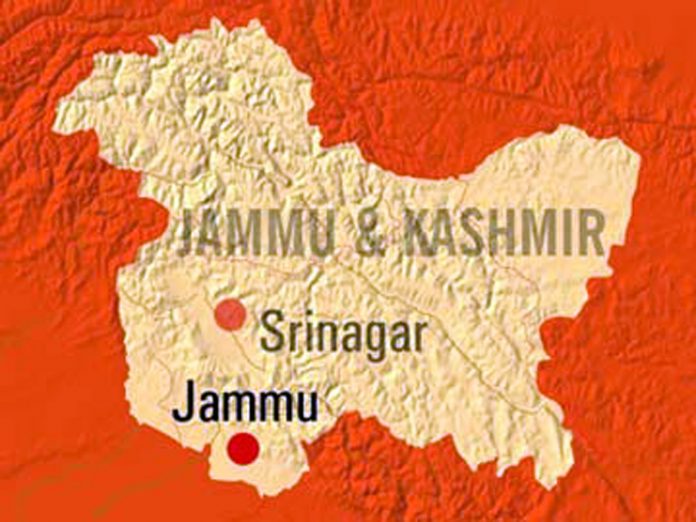Throughout the BJP’s nine-year rule, Jammu and Kashmir has undergone a remarkable transformation. Previously known for violence, including blasts, shootouts, encounters, strikes, and stone-pelting incidents, the region has now become a Union Territory that is thriving and competing with other states and Union Territories in just four years after the abrogation of Article 370. UT’s tourism sector has experienced a remarkable boost. Last year alone, a record-breaking one crore and eighty eight lakh tourists visited the region, reflecting the growing popularity and appeal of Jammu and Kashmir as tourist destination.
A strong emphasis has been placed on creating employment opportunities and fostering entrepreneurship in the region. Initiatives to attract investment and promote industrial growth have been implemented to boost economic opportunities, generate employment, and drive overall development in Jammu and Kashmir. These measures aim to create a favourable business environment and lay the foundation for sustainable growth in various sectors. The focus is on infrastructural development in Jammu and Kashmir, as several major infrastructure projects have been initiated, including the construction of roads, bridges, tunnels, and highways, which aim to improve connectivity within the region and with the rest of India. Various socio-economic initiatives have been undertaken to uplift the people of Jammu and Kashmir. These include the provision of essential services like education, healthcare with new GMCs already established, Ayushman cards for everyone, revamped electricity infrastructure, and clean water supply. To promote saffron, horticulture produce, and artisan products, several initiatives have been undertaken, including the GI tagging of products, the lavender revolution, and establishing direct collaborations with Gulf companies. These measures aim to enhance the recognition and marketability of these goods while fostering economic growth in the region.
The Government has made concerted efforts to promote tourism in Jammu and Kashmir. Tourism infrastructure has been developed, including the improvement of accommodations, transportation, and tourist facilities. This has led to an increase in the number of domestic and international tourists visiting the region. A successful G20 Tourism meeting in Srinagar has showcased Jammu and Kashmir to the world. Efforts to connect Kashmir with the rest of India by train by the end of this year and the Delhi-Amritsar-Katra express highway are underway to make Jammu and Kashmir a major tourist destination. The development of Dal and other water bodies, two Smart City projects in Jammu and Srinagar, a network of flyovers, and highway widening is tourism game changers.
The establishment of all three tiers of Panchayati Raj and the strengthening of local governance structures have empowered the people of Jammu and Kashmir to actively participate in decision-making processes and shape the development of their villages and communities. Initiatives to attract investment and promote industrial growth in Jammu and Kashmir have been undertaken. The collaborative efforts aimed at developing real estate, hospitals, malls, and hotels in Jammu and Kashmir are yielding favourable results, significantly influencing the socio-economic landscape of the region.
With a well-planned strategy, law enforcement agencies have commendably targeted and disrupted terror financing, leading to the seizure of bank accounts and properties. These strong deterrent measures have effectively eliminated incidents of strikes, stone pelting, and the use of hartal calendars in Jammu and Kashmir.
Overall, the transformative policies and initiatives implemented by the Government have prioritised the holistic development of Jammu and Kashmir, encompassing infrastructure, essential services, employment, and economic growth. These positive developments have contributed to a sense of optimism and growth. These efforts have brought about visible improvements and are paving the way for a brighter future for the people of the region.
Trending Now
E-Paper


